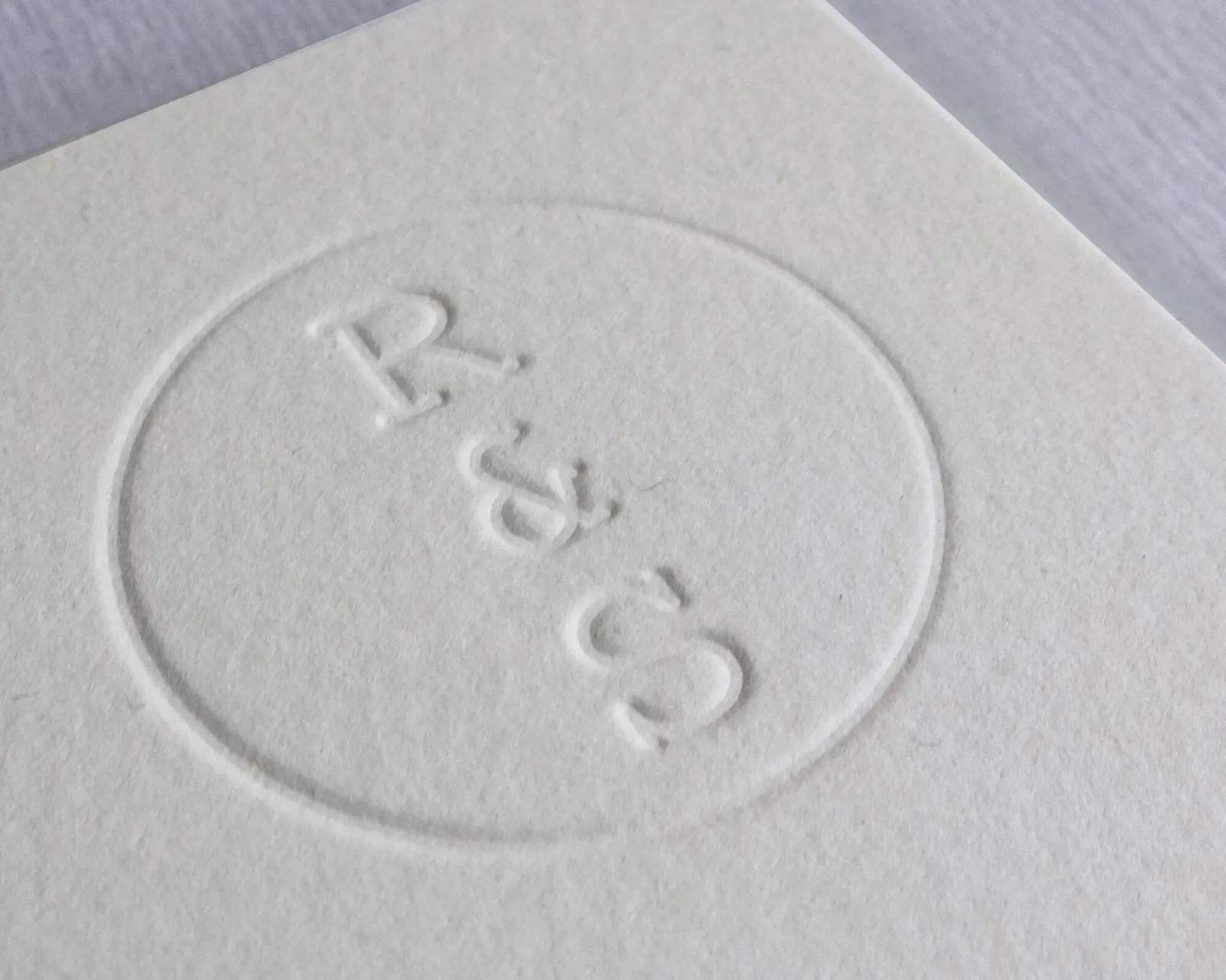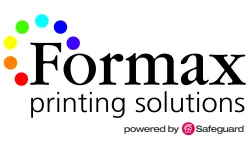What is Blind Debossing: Techniques, Applications and Uses
Blind debossing is a distinctive and sophisticated printing process that leaves a lasting impression—literally. This subtle technique involves creating a depression in a material without the use of inks or foils, producing a design that appeals both visually and tactilely. Ideal for those who appreciate understated elegance, blind debossing is increasingly popular in various fields, from book publishing to corporate branding. Let's dive deeper into the world of blind debossing to understand its techniques, applications, and uses.
What is Blind Debossing?
Blind debossing is a process where a design is impressed into a material using a die. Unlike traditional printing methods, it does not use ink or foil to create the design. Instead, the design is formed by heat pressing a metal die onto the surface of a material, such as paper, leather, or plastic, creating an indented pattern. The result is a three-dimensional appearance that is both visual and tactile, with the design visible due to the shadows and natural lighting conditions.

Techniques of Blind Debossing
Die Creation: The first step involves creating a custom die, which is usually made from metal. The die is crafted to mirror the desired design and is engineered to withstand the pressure required to create a clean, crisp impression.
Material Selection: Blind debossing works best with thicker, more pliable materials that can hold the debossed design well. Popular choices include heavyweight papers, card stocks, leather, and synthetic materials that mimic these textures.
Pressing Process: The material is positioned in a press, and the die is applied with significant pressure. The amount of pressure, the type of material, and the thickness of the die all influence the depth and clarity of the debossed design.
Finishing Touches: Although blind debossing typically does not involve ink or foil, it can be combined with other processes like foil stamping or embossing for a more decorative effect.
Applications and Uses
Blind debossing has a wide range of applications, making it a favorite among designers and marketers looking to create an impression of sophistication and quality.
Stationery: High-end business cards, wedding invitations, and letterheads often feature blind debossed designs to add a touch of luxury and exclusivity.
Book Covers: Many publishers opt for blind debossing to design book covers, particularly for special editions or hardcover books, where the texture adds to the tactile experience of reading.
Leather Goods: From wallets to portfolios and belts, leather goods are commonly debossed to add branded elements or decorative designs without the additional weight of inks or paints.
Packaging: Blind debossing can elevate product packaging, making it feel more premium. It is often used in the packaging of cosmetics, electronics, and luxury goods.
Corporate Branding: Many companies use blind debossing on their corporate materials to reinforce a brand image of subtlety and quality.
Advantages of Blind Debossing
Aesthetic Appeal: Blind debossing is visually appealing, offering a unique way to enjoy graphic design that is purely based on light and shadow.
Tactile Experience: The physical texture added to the surface of the material can enhance the user's interaction with the product.
Versatility: It can be applied to various materials and combined with other printing techniques.
Durability: Debossed designs are durable and do not fade over time, as there is no ink that might wear off.
Common Misconception: The difference between emboss and deboss
Emboss and deboss are two contrasting techniques used in the creation of raised or recessed images and designs in various materials like paper, leather, metal, and other substances. Here's a detailed look at the differences between the two:
Embossing:
- Definition: Embossing involves creating a raised pattern on a surface. This is achieved by pressing a material between two dies, one that is raised and another that is recessed.
- Appearance: The embossed design appears elevated from the rest of the surface, giving it a three-dimensional effect that can be both seen and felt.
- Uses: Commonly used in paper products like business cards, letterheads, greeting cards, and book covers to add a touch of elegance. It is also used on leather goods and even on some metals.
Debossing:
- Definition: Debossing is the opposite of embossing; it involves pressing material between dies to create a depressed, indented pattern.
- Appearance: The debossed design appears pressed into the material, creating a depth that is tactile and visually distinctive.
- Uses: Like embossing, debossing is widely used in the design of high-end paper products, leather goods such as belts and wallets, and can also be seen in certain metal applications.
Both techniques can enhance the tactile and visual experience of a product, making it more appealing and luxurious. The choice between embossing and debossing often depends on the desired aesthetic effect and the nature of the material being used.
Conclusion
Blind debossing is more than just a printing technique; it's a craft that imbues materials with a sense of depth and sophistication. Whether you are a designer looking to incorporate tactile elements into your work or a business aiming to refine your branding, blind debossing offers a compelling way to stand out. With its elegant appearance and versatile applications, blind debossing continues to be a preferred choice for those who value quality and subtlety in their visual and tactile messages.
Are you interested in blind debossing an upcoming print project? Give us a call at 866-367-6221 or submit our quote request form to get more information! As always we look forward to working with you on your upcoming project!
Take Care,
Rick
Tags:
